|
I finally got around to analysing a movie from the Fast & Furious franchise: Fast & Furious (2009). Apparently there are eight in total. I had been putting it off because the thought of sitting through two hours of car racing was more than a little off-putting. This one made US$363 million at the worldwide box office though, so I can't ignore it. Obviously many people have been exposed to it and given that it is part of a big franchise it must appeal to a great many people. Those are the types of films I am analysing for my book: popular and/or critically acclaimed movies.
Women are silenced in Fast & Furious (2009) in a way that is all too common these days. Even though they populate the screen and have a few lines--there are three named female characters--these are all spoken to men; no two women ever talk to each other. So Fast & Furious fails the Bechdel test (a test that serves as an indicator of the active presence of women in movies). What does director Justin Lin have women doing in their scenes? For the most part they are sexualized. They dance provocatively while scantily clad in several scenes. In one scene three women kiss each other in the hallway of a night club as a man looks on, smiling. In another two women dance together, holding each other by the waist as a man films them with a video recorder in his living room (while three women kiss and fondle each other’s breasts on a nearby couch). Time is also made for the three named female characters to kiss Vin Diesel, each in turn at one point or other. The audience is also shown a woman jumping off a semi trailer before it goes over a cliff, as well as a woman being shot dead. So it isn't as though women are absent from this movie... but it still scores poorly for women's presence and voice. © 2017 Alline Cormier #FastandFurious #VinDiesel #JustinLin
0 Comments
After analysing both Porky's (1982), one of Canada's highest grossing movies (US$109.4 million at the worldwide box office), and Straight Outta Compton (2015), which made US$202 million at the worldwide box office, I noticed some similarities. Both of these movies adeptly address racism: white racism against African Americans in the case of Straight Outta Compton and racism against Jews in the case of Porky's. The writers and directors of both these films must have felt strongly about the oppression of these two groups of people. Another observable similarity is the sexualization of women and girls throughout these movies, which in several scenes is pornographic. These filmmakers could recognize the oppression of their particular group but were completely oblivious to the oppression of another: women. They are far from being alone in this; their myopia is fairly generalized. In Canada, for instance, hateful comments are still regularly made about women without being sanctioned, whereas the same type of comments about Jews, blacks or other racially defined oppressed groups would immediately be condemned.
© 2017 Alline Cormier Lately I have analysed a string of movies from the 1990s, when the backlash against women was still relatively new. The last picks include Misery (1990), Spice World (1997) and Fools Rush In (1997). Going back like this and examining portrayals of women at this time is illuminating and interesting for comparative purposes. Close to the end of Fools Rush In Salma Hayek says to Canadian actor Matthew Perry, "Why are you afraid of me? Why do you alienate me from your life?" to which Perry responds, "I don't know." This movie was written by two women and offers a sharp contrast to many movies in certain respects, including Misery, which was written by a man. The lead female in Misery, Kathy Bates, is portrayed as such a terrible person that only the most compassionate viewers would feel sorry for her at the end when James Caan kills her, similarly to Glenn Close's fate in Fatal Attraction (1987). When Fatal Attraction came out men in theatres were cheering on Michael Douglas at the end. They could not wait for him to "kill the b*tch." No one could be blamed for thinking that was the lowest point possible for women in cinema, but unfortunately things got much worse in the first decade of the 21st century.
© 2017 Alline Cormier #Misery #SpiceWorld #FoolsRushIn #FatalAttraction The last movie Cameron Crowe wrote and directed, Aloha (2015), proves that patriarchy is alive and well and that some men really want it to stay that way. While analysing this mainstream movie starring members of Hollywood's A-list I noticed that all the positions of power are occupied by men, and that women are depicted in the traditional way: preparing food, serving food and beverages to men, crying, exercising, dancing, etc. Even Emma Stone, who plays a fighter pilot, is not shown getting into a plane until the last 15 minutes of the movie--and she is never shown flying! That would never happen to Tom Cruise. The one person who is shown piloting a plane, John Krasinski, is barely in the movie and has next to no lines at all, whereas Stone is the female lead. This romantic comedy also stars Bradley Cooper, Rachel McAdams, Bill Murray and Alec Baldwin, proving that even at the top of the Hollywood pyramid the roles to pick from, for women at any rate, are dismal.
© 2017 Alline Cormier #CameronCrowe #Aloha #EmmaStone #RachelMcAdams |
Categories |
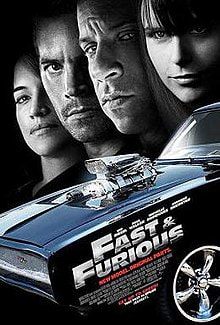
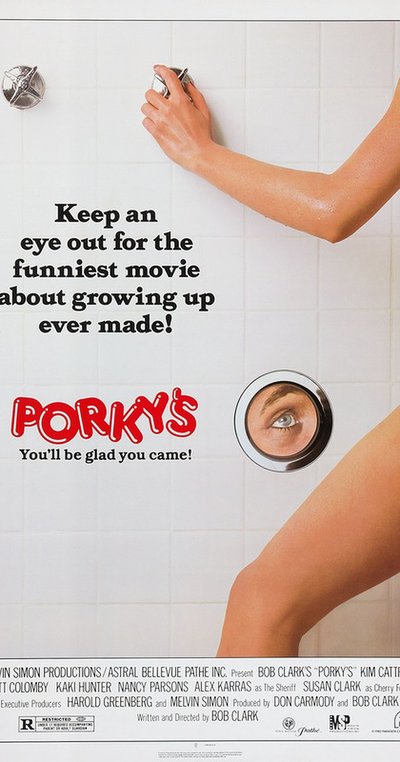
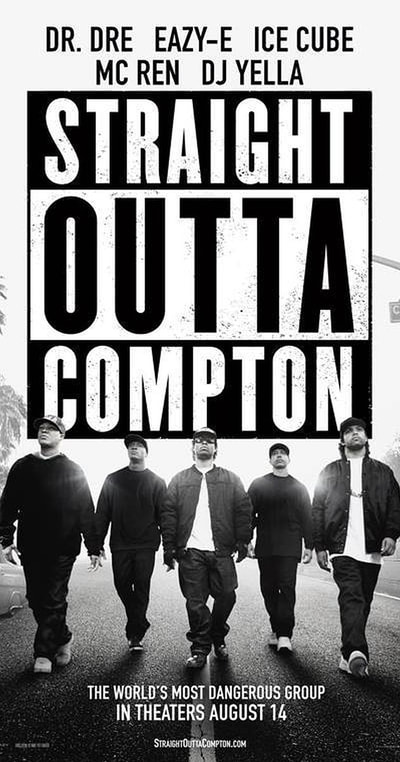
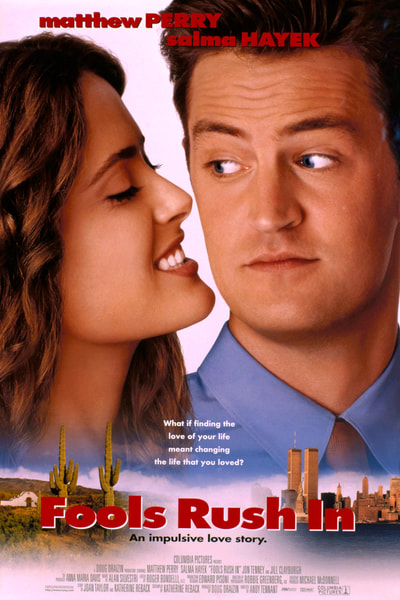
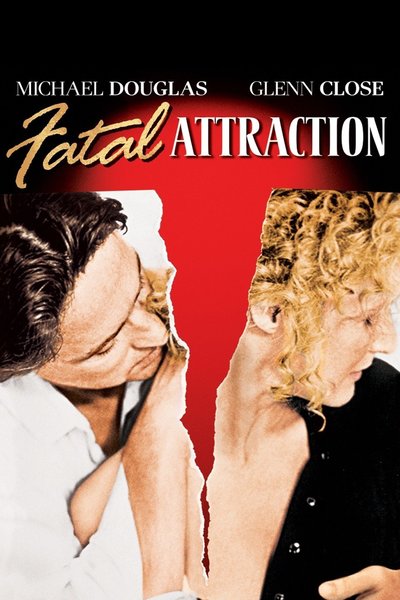
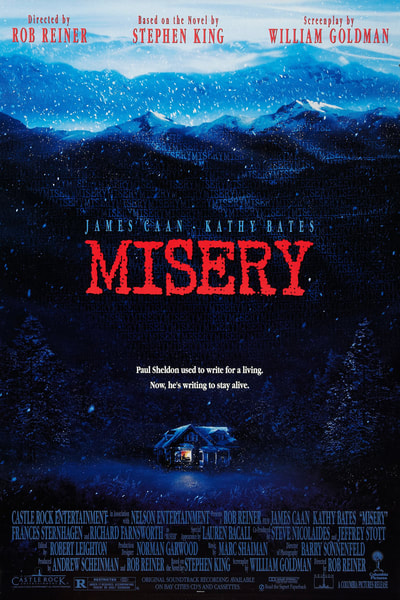


 RSS Feed
RSS Feed